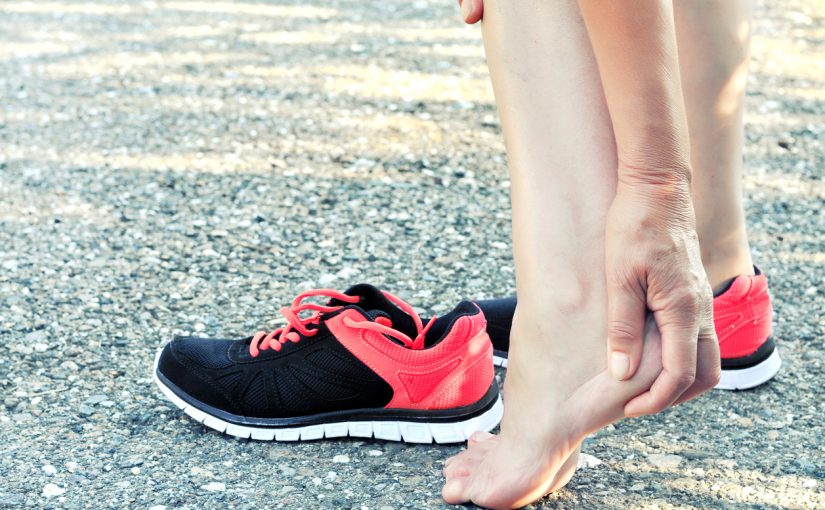Most of us have a pair of shoes we wear on a regular basis. A beloved pair of flats or perhaps our most comfortable tennis shoes. We all know the sadness of when that perfect pair begins to show its age. You might notice they are looser or lean to one side. The patterns of wear on the bottom of your shoes actually provide important information regarding your gait, which can affect your comfort and general health. How should your shoes fit?
According to the American Academy of Podiatric Sports Medicine, shoe fit is an important indicator of the user’s biomechanics. Ideally, wear is relatively symmetrical, with a very slight increase on the inside edge of the sole. A dramatic shift of wear towards the inside of the sole is indicative of pronation, meaning more weight is placed on the inside edge of the foot when it strikes the ground. The opposite pattern is known as supination.
Effects of Improper Shoe Fit
Both supination and pronation are typically linked to genetic factors, such as a difference in leg length. Wearing footwear without proper support can also be a contributing factor. These conditions are relatively common, but both gait patterns can cause problems if they become excessive. Medical News Today states that both supination and pronation cause an increase in stress at the ankle, increasing the likeliness of pain and injury. As a result, it is important to identify and address irregularities in your gait.
Shoe Fit Beyond the Feet
In addition to increased ankle stress, the irregularity of either walking pattern can have a domino effect that can alter overall posture and lead to discomfort in the knees, hips, and back. One scientific study published by Oxford journal’s Rheumatology found that although supination showed no strong correlation with lower back pain, pronation did, especially in female subjects. By contrast, subjects with supination were more likely to exhibit localized issues. This includes but is not limited to hammertoes, shin splints, and stress fractures.
Foot Treatment
Fortunately, both irregular gait conditions can usually be treated with proper care. Reid Health notes that choosing appropriate footwear and purchasing a rigid orthotic insole are great ways to address gait irregularity because the structure of the shoe and insole help maintain the spatial relationship between the foot and the ankle by realigning the subtalar joint. However, there are some cases where foot surgery may be necessary to correct the problem.
For these cases, Jamfeet in Beverly Hills offers a wide variety of options for addressing both pronation and supination as well as the conditions that often accompany them. Doctors Jamshidinia, Alfandari, and Khademi are highly experienced podiatrists licensed by the American Board of Podiatric Surgery. Their countless five-star testimonials speak to their experience and professionalism in regard to the feet that keep us moving.

